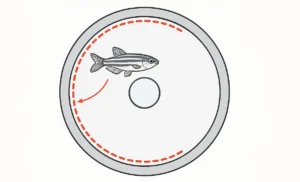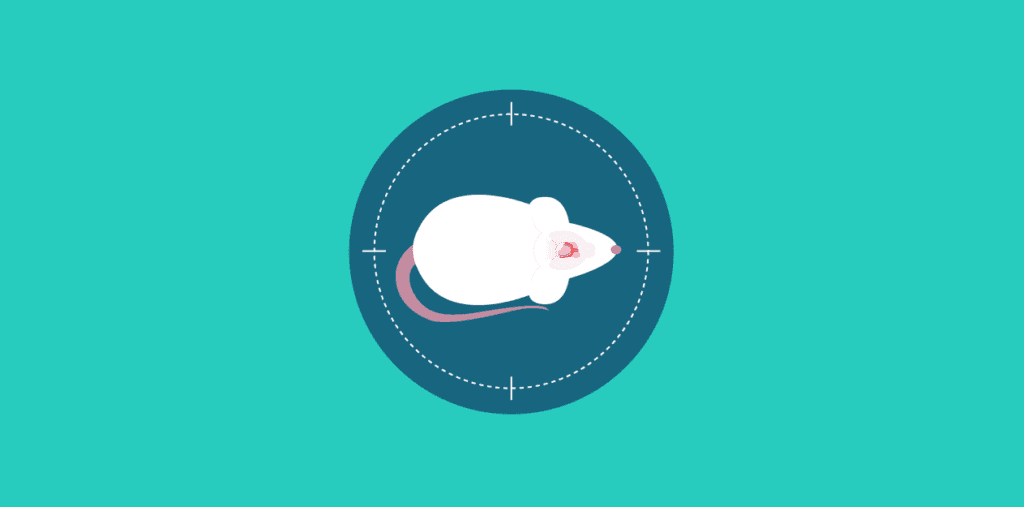

A craniotomy is a surgical procedure used to temporarily open a part of the skull to expose the brain for experimental manipulations. Research developments over the past two decades have made craniotomy safer, simpler, and more successful. In craniotomy, a bone flap is removed from the skull to reach the internal brain. Craniotomies are referred to as critical operations, performed for treating brain lesions or inducing traumatic brain injuries. These procedures could also allow the researchers to surgically implant deep brain stimulators and other manipulators for the treatment of Alzheimer’s disease, Parkinson’s disease, epilepsy, and brain tumors. The procedure is also a valuable research technique in neuroscience for extracellular recording, brain imaging, and neurological manipulations, including electrical stimulation and chemical titration.
Craniotomes vary in size and complexity. Small dime-sized craniotomies are known as Burr-holes. Quarter-sized craniotomies are named as key-holes. These craniotomies are widely used in surgical procedures including the insertion of a shunt in the ventricular drain, insertion of a deep brain stimulator, placement of an endoscope, and a needle biopsy. A craniotomy is also performed in experimental traumatic brain injury (TBI) models, including the controlled cortical impact, fluid percussion injury, and weight-drop injury models.
A stereotaxic impactor is needed for craniotomy. The apparatus consists of a U-shaped bracket to hold the animal. The device has a small bore attached to a pneumatic piston for the strike. The piston could utilize the tips of different sizes and geometry to perform craniotomy in the skull. The tip is released onto the identified position on the skull to create the required impact.
Experimental traumatic brain injury (Janowski, 2016)
Controlled cortical impact and fluid percussion injury models require a craniotomy to deliver the trauma force to the exposed dura. In CCI, the craniotomy is slightly larger than the tip of the piston used. Whereas for FPI, the craniotomy is usually performed with a drill or trephine of a size that fits the coupling device. The craniotomy and the subsequent placement of the injury are of great importance. Studies have shown that appropriate craniotomy for FPI and CCI efficiently results in the required lesion size and functional deficits.
Stereotaxic gene delivery in the rodent brain (Cetin et al. 2006)
Stereotaxic surgery has been a valuable tool in neuroscience research and has been applied in many experiments to create site-targeted lesions, inject anatomical tracers, or implant electrodes or microdialysis probes. Stereotaxic surgery requires craniotomy to reach the inner brain. The stereotaxic procedure has also been optimized for gene delivery by using recombinant adeno-associated viruses and lentiviruses in rodents. This method allowed the manipulation of gene expression in the rodent brain. A craniotomy is popular for its versatility, ease of application, and high reproducibility for studying genetic, cellular, and circuit functions in the rodent brain.
Evaluating analgesic efficacy and administration route (Cho et al., 2019)
Analgesics are widely used for pain management post-surgery. However, measuring pain originating from the head is difficult. This study was conducted to assess the degree of postoperative pain following craniotomy in mice, to compare the efficacy of rodent analgesics (carprofen, meloxicam, and buprenorphine), and to evaluate whether the route of administration (injection or drinking supply) influences pain relief post-craniotomy. It was found that the injectable analgesics were more effective at relieving post-craniotomy pain. Also, buprenorphine was found most effective post-craniotomy pain reliever in mice. This study validated the use of craniotomy in neuroscience research as a tool to assess postoperative pain and analgesic effects in rodents.
Tumor removal
Craniotomy has also been used to remove a brain tumor. For this, an incision is made over the brain tumor. For tumor removal, craniotomy is performed along with an endoscope to visualize the tumor in the brain or spine to allow maximal access to some lesions. Craniotomy has allowed the neurosurgeons to navigate as safely as possible to the tumor or lesion. These techniques have further developed the research in neuroscience.

Monday – Friday
9 AM – 5 PM EST
DISCLAIMER: ConductScience and affiliate products are NOT designed for human consumption, testing, or clinical utilization. They are designed for pre-clinical utilization only. Customers purchasing apparatus for the purposes of scientific research or veterinary care affirm adherence to applicable regulatory bodies for the country in which their research or care is conducted.